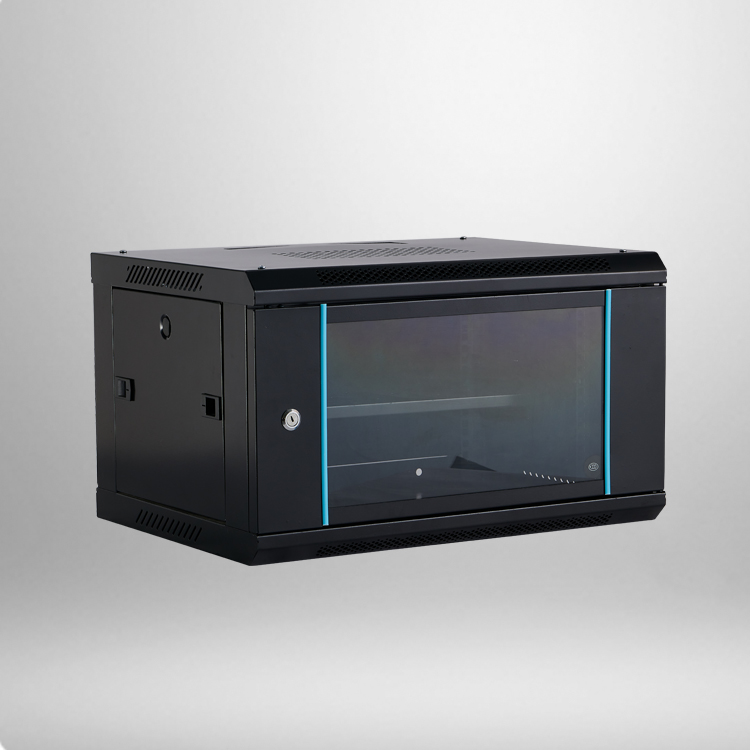
A standing network cabinet, also known as a server rack or network rack, is an essential piece of equipment for businesses that rely heavily on IT infrastructure. It provides a secure and organized space to house servers, switches, routers, patch panels, and other networking devices. Here are some advantages of using a standing network cabinet for your business:
A standing network cabinet allows you to consolidate all your networking equipment in one central location. This not only saves valuable floor space but also makes it easier for your IT team to access and manage the equipment. Additionally, a standing network cabinet usually has multiple shelves or racks, allowing you to stack your equipment vertically, further optimizing space utilization.
One of the biggest challenges in maintaining a network infrastructure is managing the cables. The use of a standing network cabinet helps to mitigate this issue by providing cable management features such as cable routing, tie-down points, and cable management arms. These features allow you to neatly organize and secure cables, reducing the risk of accidents and making troubleshooting and maintenance tasks easier.
A standing network cabinet provides physical security for your networking equipment. It typically comes with lockable doors and side panels, preventing unauthorized access. This is particularly important for businesses that handle sensitive data and need to comply with data security regulations. Additionally, a standing network cabinet can be bolted to the floor for added security, making it difficult for thieves to steal or tamper with the equipment.
Networking equipment generates a significant amount of heat, and proper cooling and ventilation are crucial for their optimal performance and longevity. A standing network cabinet usually features ventilated doors, removable side panels, and adjustable fans, ensuring adequate airflow to prevent overheating. Some advanced models even offer temperature and humidity sensors, as well as intelligent cooling systems that adjust fan speeds based on equipment load and temperature.


